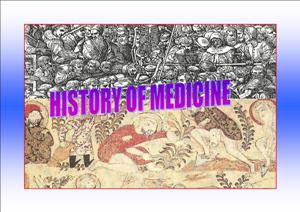What is anthocyanin?
Phenolic compounds are composed of a large group of organic substances, and flavonoids are an important subgroup. The flavonoid subgroup contains the anthocyanins, one of the most broadly naturally source of colorants including blue, purple, violet, red. Anthocyanins belong to a class of flavonoid group of phytochemicals, which is a group predominant in teas, honey, wines, fruits, vegetables, nuts, olive oil, cocoa and cereals.
Anthocyanins (Greek anthos: flower and kyaneos: dark blue) are secondary metabolites and colored water-soluble pigments representing a subclass of the phenolic compounds. They rarely exist in nature as free aglycons, instead, they attach to one or more sugar moieties.
Anthocyanins protect leaves from the stress of photoinhibitory light fluxes by absorbing the excess photons that would otherwise be intercepted by chlorophyll b.
Cyanidin, delphinidin, pelargonidin, peonidin, malvidin, and petunidin are the most common anthocyanidins distributed in the plants. The distribution of these anthocyanidins in fruits and vegetables is 50%, 12%, 12%, 12%, 7%, and 7%, respectively.
In general, anthocyanins are non-photosynthetic pigments synthesized in the cytoplasm and stored in the vacuolar lumen of epidermal cells.
Anthocyanins exhibit anti-cancer, anti-inflammatory, antimicrobial and antioxidant properties, with a role in reducing the incidence of cardiovascular disease, diabetes and obesity. Therefore, it can be stated that anthocyanins have enormous potential; they can be used both in food science and in the medical field.
Anthocyanin pigments have been used in folk medicine throughout the world. For example, bilberry anthocyanins have long been used for the treatment of diarrhea, microbial infections, and vision disorders.
What is anthocyanin?









